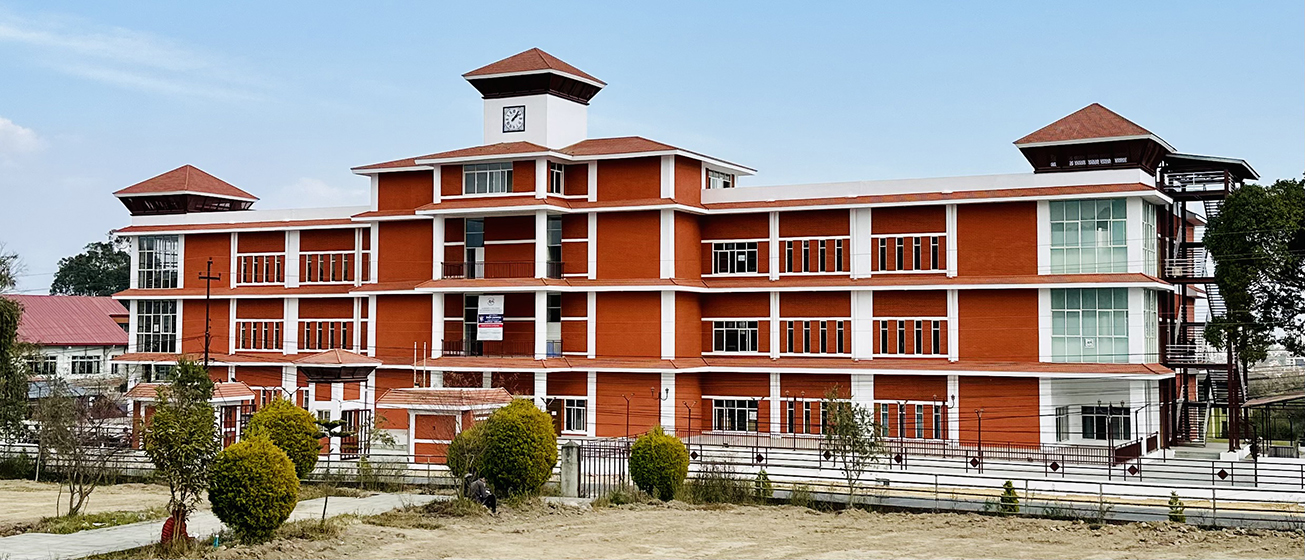Welcome to TUCL Repository
- Access to a vast collection of academic theses and dissertations
- Wide range of scholarly journals and articles
- Search and browse functionalities for easy discovery of resources
- Accessibility to digital resources anytime, anywhere
- Facilitates research and learning endeavors of TUCL community
- Promoting open access to knowledge and research findings
- User-friendly interface, ensuring ease of navigation and accessibility for users of all levels of expertise
- unique persistent identifier (such as DOI or Handle) to facilitate citation, tracking, and long-term preservation, ensuring the integrity and longevity of scholarly contributions

Communities in DSpace
Select a community to browse its collections.